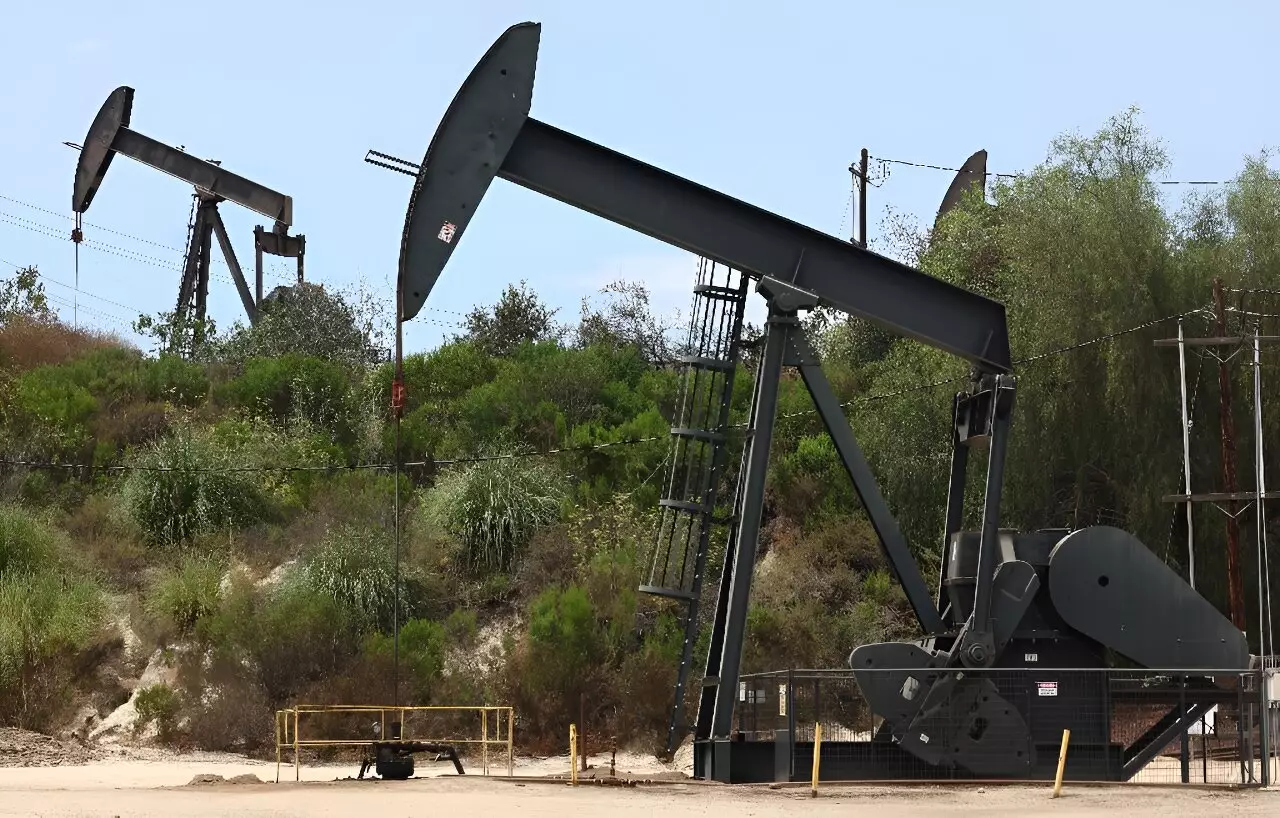In an alarming report released by the International Energy Agency (IEA), it is predicted that the world will experience a major surplus of oil by 2030. The IEA forecasts that global demand for oil will plateau at 106 million barrels per day by the end of the decade, while overall supply capacity could reach a staggering 114 million barrels per day. This surplus of eight million barrels per day is a cause for concern for oil markets worldwide, as they must prepare for the impending shift in supply and demand dynamics.
The IEA attributes this surplus to several key factors, including the slowing growth in global oil demand, advancements in clean energy transitions, and shifts in China’s economy. As the world recovers from the pandemic and transitions towards cleaner energy sources, the demand for oil is expected to reach its peak by 2030. This trend, combined with the rise of electric vehicles and improvements in fuel efficiency for conventional cars, will contribute to the overall decline in oil demand in advanced economies.
With the surplus of oil production on the horizon, oil companies will need to adapt their business strategies to align with the changing market conditions. The IEA suggests that oil companies should prepare for the challenges posed by a lower oil price environment, which could have significant implications for the US shale industry and the OPEC+ bloc led by Saudi Arabia and Russia. The massive oil production buffer could disrupt current market management strategies aimed at stabilizing prices, forcing industry players to rethink their approach to supply and demand dynamics.
The IEA report highlights the role of fast-developing Asian countries like China and India, as well as the aviation and petrochemical sectors, in driving oil demand. However, despite these regional trends, the overall increase in demand is projected to be limited to around four percent by 2030. The report also notes that oil production capacity is expected to surge, particularly in the United States and other countries in the Americas, further contributing to the surplus of oil production by the end of the decade.
The future of the oil industry is fraught with challenges and uncertainties as the world grapples with a potential surplus of oil by 2030. Oil companies, governments, and industry stakeholders must closely monitor market trends and prepare for the changes ahead to ensure a sustainable and resilient energy future.


Leave a Reply